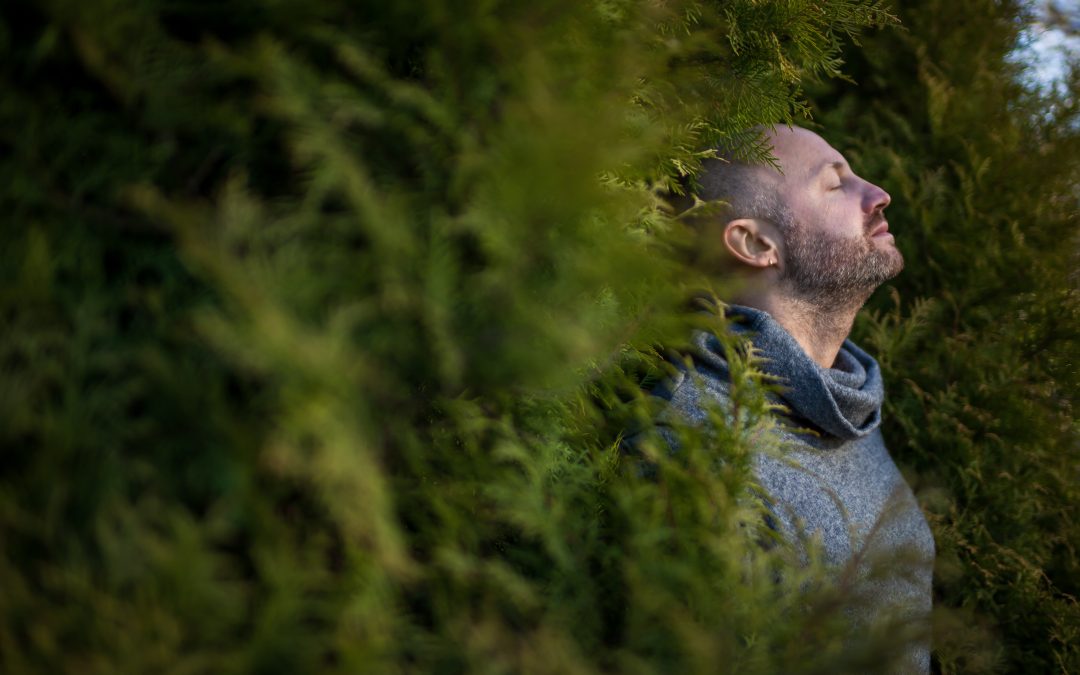Anxiety is often overlooked by people who experience it due to being unaware of what is going on in the body. Anxiety is the body’s way of dealing with stress and is triggered by a variety of different things. Stressful triggers can include work-related stress, financial troubles, health problems, drug use, social relationships, and trauma (Medicalnewstoday.com). Understanding our triggers allows us to be aware of our anxiety. We may feel our heart beat faster, our bodily temperature rise, and our palms start to sweat. Those are all physical responses to our stressed induced anxiety. The feeling of being overwhelmed, confused or fatigued may also be signs that you are dealing with a state of anxiety. Continue reading to learn how to cope with anxiety.
Anxiety can take on different forms including situational, general, and clinical. When we have an important interview coming up, we may have situational anxiety which hits hard but will subside after the event is over and the emotional build-up to the interview can be put in the past. General anxiety creeps up on us more often than isolated scenarios. We may not be able to sleep or feel anxious during parts of the day for reasons we cannot explain, it’s just a lingering feeling we experience. Clinical anxiety can be diagnosed by a professional and treated with prescribed medication. In order to manage anxiety, we need to have skills readily available to use and be able to apply them in times of need.
One of the most accessible tools we can use to help reduce stress and anxiety is our breath. Medical News Today explains a breathing technique that has been researched and proven to control anxiety: Breathe in slowly through the nose, holding the breath in for several seconds then breathing out slowly; repeating a few times until the anxiety reduces and the heart rate returns to normal. Meditation has also been a practice that can subside anxiety by using a mind-focused state while also using breathing techniques. A 2018 study found that a single meditation session significantly reduced anxiety levels, as well as decreasing the physical stress on the arteries (Medical NewsToday). Another useful tactic to use in stressful situations is to practice guided imagery. This practice involves imagining completing the task that is causing anxiety calmly and successfully (Medical NewsToday). Medical News Today explains that imagining finishing an important meeting or event before it happens can reduce anxiety about it. Some people also find it beneficial to visualize an environment in which they feel safe and relaxed (Medical News Today).
Breathing Techniques and Guided Meditations for Stress
There are many ways to learn how to cope with and reduce our anxiety and it is important to remember that not every technique will work the same for everyone. Everyone has their own unique experiences, therefore we need to adopt our own individual practices that we know help and support us. Below are some breathing techniques and guided meditations that may be beneficial to start coping with anxiety.


Recent Comments